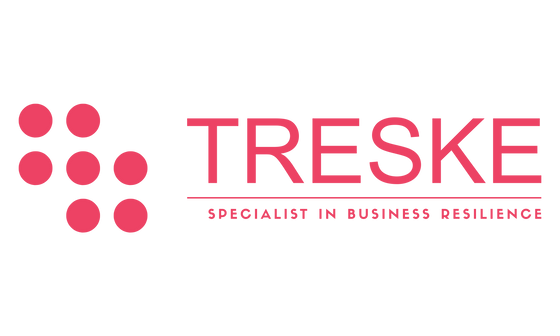Safeguard Your Business Against Costly Downtime
In today’s fast-paced business world, infrastructure resilience is not just nice to have—it’s essential. Downtime can be costly, with IT system failures costing businesses between $1 million and $5 million per hour on average, according to a recent study. Preventative maintenance is one of the most effective ways to avoid such catastrophic losses, ensuring that your systems and equipment remain in peak working order and avoiding costly interruptions.
Let’s dive into the critical aspects of a Preventative Maintenance (PM) Contract and what to look for when choosing one to suit your infrastructure needs.
The Real Cost of Skipping Maintenance
Businesses that neglect preventative maintenance face high risks of equipment failure, leading to costly downtime, service interruptions, and even reputational damage. In sectors like healthcare, finance, and telecommunications, even a few minutes of unplanned downtime can translate into tens of thousands of dollars in lost revenue. According to the Ponemon Institute, data centre downtime costs organisations an average of AUD $11,000 per minute. With statistics like these, it’s easy to see how a well-maintained system pays for itself over time.
Consider preventative maintenance your insurance policy against these losses. By regularly maintaining your infrastructure, you avoid potential disruptions and unplanned repair costs, safeguarding both your operations and your bottom line.
Key Considerations for Choosing the Right PM Contract
When selecting a preventative maintenance plan, it's essential to find one tailored to your organisation’s needs. Here’s what to look for:
Ensure that the PM contract’s scope is clearly defined. A comprehensive plan should include:
- Regular inspections, testing, and cleaning
- Firmware updates and battery replacements
- Remote monitoring and diagnostics
This scope helps you budget accurately and prevents hidden costs later on, especially in mission-critical environments.
2. Regularity of Maintenance Visits
The frequency of maintenance visits is crucial. For example, CRAC (Computer Room Air Conditioning) units often require monthly checks to ensure performance, while semi-annual or quarterly maintenance is typical for other equipment. The right frequency minimises the likelihood of issues cropping up between scheduled visits, helping to avoid sudden disruptions.
3. Fast Response and Availability
In the event of a critical failure, response time is everything. Studies show that businesses lose up to 30% of productivity due to downtime, so ensuring a rapid response is critical. Choose a contract that offers:
• Guaranteed response times during emergencies
• 24/7 support options if necessary
With these in place, your infrastructure remains secure even during unexpected issues, avoiding extended downtime and lost revenue.
Why The Right Expertise Matters
Preventative maintenance is most effective when conducted by manufacturer-trained technicians who understand the complexities of each system. Working with authorised service partners for brands like Eaton, Vertiv, Powershield, and APC by Schneider ensures that your infrastructure is maintained to the highest standards, with access to genuine parts and specialised knowledge.
Additional Features to Look for in a PM Contract
Beyond regular inspections, a well-rounded PM contract can include these valuable features:
- Battery and Parts Coverage: UPS (Uninterruptible Power Supply) reliability depends heavily on battery performance. Ensure the contract covers battery inspection, testing, and replacement as needed.
- Remote Monitoring: Real-time monitoring provides immediate status updates and alert notifications, catching potential issues before they become critical.
- End-of-Life and Upgrade Options: Technology ages, and so do your systems. Look for a PM contract that covers end-of-life policies, recommended upgrades, and trade-in or replacement options.
- Discounted Parts and Labour: Contracts often include preferential rates for spare parts and labour, making ongoing maintenance more affordable.
Flexibility and Transparency
As your organisation grows and adapts, so too should your maintenance plan. A good PM contract offers flexibility to adjust coverage, visit frequency, and terms as your needs evolve. Consider the following:
- Exit clauses: Ensure you can terminate the contract without heavy penalties if circumstances change.
- Transparent costs: Avoid contracts with hidden fees and aim for clear, upfront pricing to budget more effectively.
Secure Your Business with Preventative Maintenance Today
Preventative maintenance isn’t just a service - it’s an investment in your organisation’s future resilience and performance. With a carefully tailored PM contract from Treske, you can protect your systems from costly downtime, boost operational efficiency, and ensure compliance with industry standards. Our expertise spans multiple sectors, including data centres, healthcare, and manufacturing, allowing us to customise solutions that fit your specific needs.
Ready to fortify your infrastructure? Contact Treske today to discuss your preventative maintenance needs and craft a plan that aligns with your business goals. Our team is ready to support your organisation in achieving peak performance and resilience.

